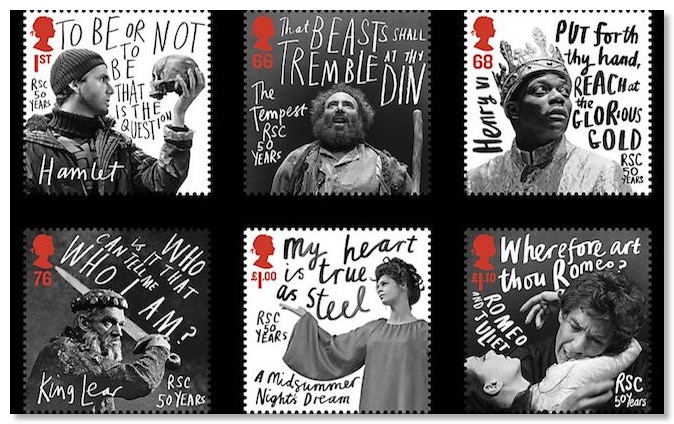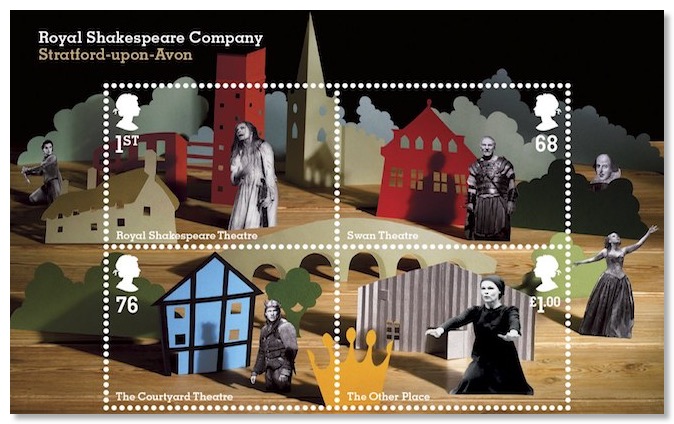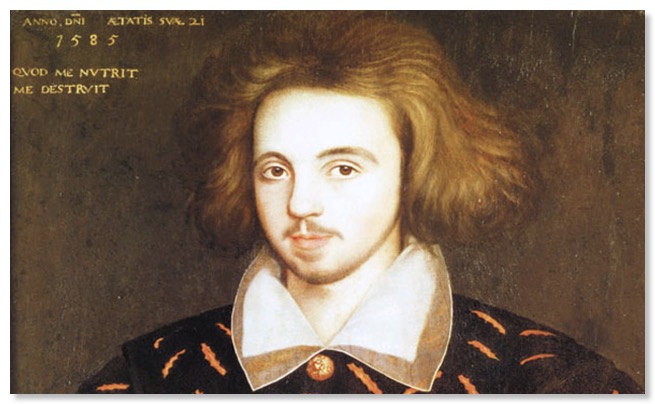Henry VI
Applied Shakespeare -- Which Plays Best Illuminate Our Current Political Climate?
May/22/2018 18:02

Harvard Professor Stephen Greenblatt's new book "Tyrant", is out, and has received another smart review. While leveling a few criticisms, reviewer Charles McNulty praises the book for deftly suggesting which of Shakespeare's plays best help inform our current political climate. There are some genuinely interesting insights, and one is reminded yet again of the sheer depth of Shakespeare's insights into the human condition, in this case, around the idea of how we are ruled, and what drives our rulers. Read the article to see where McNulty thinks Greenblatt got things right, and where he thinks Greenblatt got things wrong.
Stamp of Approval (Part 2)
April/10/2018 15:50

Our first post on commemorative stamps got us interested in how Shakespeare is represented on postage stamps. So we dug around, and found two things. First, from Hat Trick Designs and Marion Deuchars, this series of six stamps that came out in 2011 to commemorate the 50th anniversary of the Royal Shakespeare Company's founding. Starting at top left, here is the key to actors and plays respectively: David Tennant (Hamlet), Anthony Sher (The Tempest), Chuk Iwuji (Henry VI), Paul Scofield (King Lear), Sarah Kestelman (A Midsummer Night's Dream) and Ian McKellen and Francesca Annis (Romeo and Juliet).

From the same anniversary, and with the aid of illustrator Rebecca Sutherland, a set of four stamps, in a very different style, showing the four Stratford on Avon theaters. The actors are harder to identify, but we think they are, from top left and going clockwise: Francesca Annis, Patrick Stewart, Ian McKellen, and Judy Dench.
Henry VI, Part 1 By W. Shakespeare... and Christopher Marlowe.
October/25/2016 16:34

From Wikipedia: A portrait, supposedly of Christopher Marlowe. There is in fact no evidence that the anonymous sitter is Marlowe, but the clues do point in that direction. Marlowe was 21 years old in 1585, when the painting was made. He was also the only 21-year old student at Corpus Christi, where the painting was later found.
New scholarship from the Oxford University Press suggests that Shakespeare had help from Christopher Marlowe when writing Henry VI, parts 1, 2 and 3. Corpus analysis helps solve the puzzle! More.